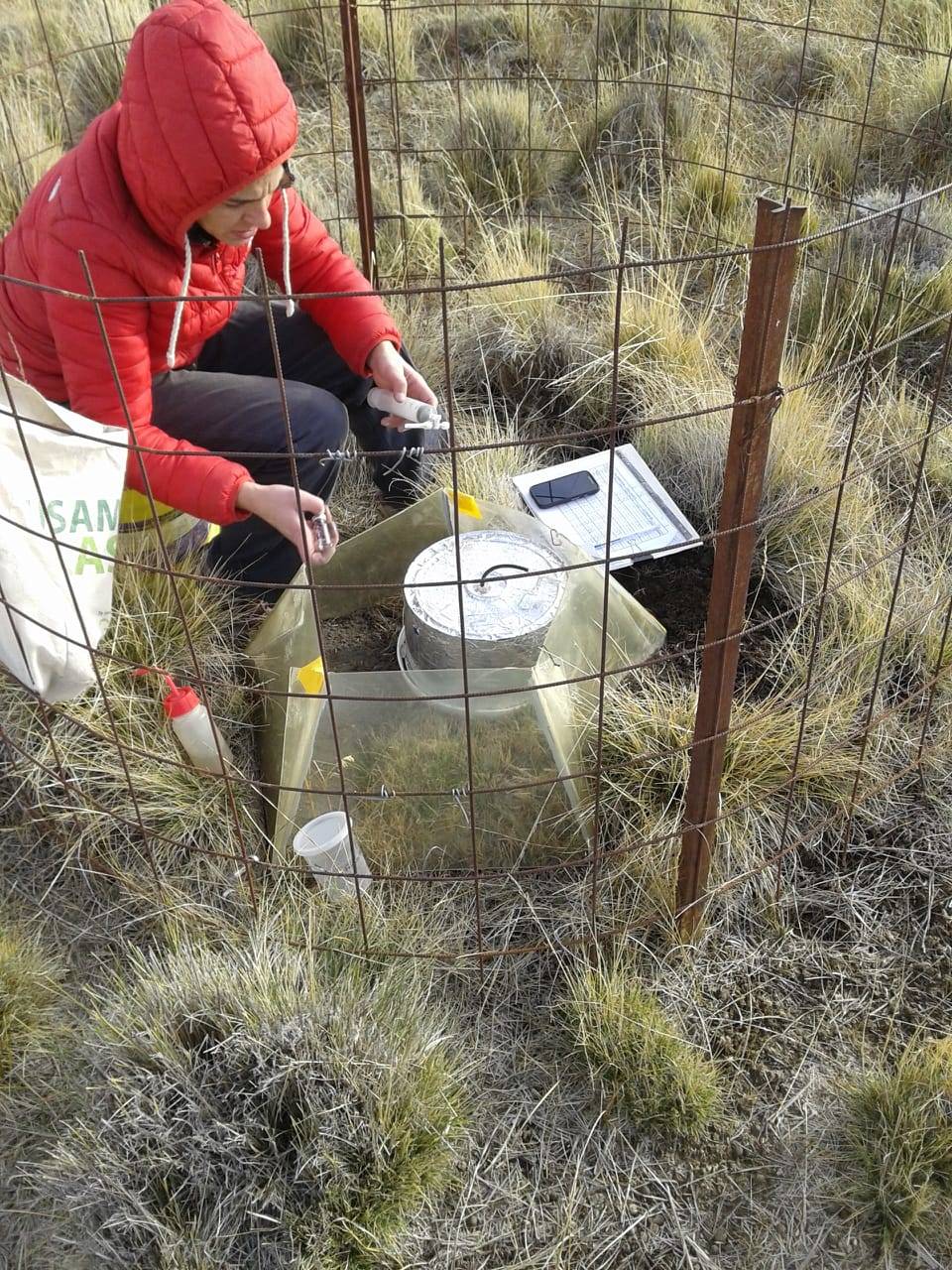Researchers from INTA EEA Bariloche are evaluating the annual dynamics of greenhouse gas (GHG) emissions from Patagonian wetlands.

Researchers from INTA EEA Bariloche are evaluating the annual dynamics of greenhouse gas (GHG) emissions from Patagonian wetlands and the impact of climate change and overgrazing on this ecosystem function (https://www.rionegro.com.ar/los-pastizales-naturales-y-el-cambio-climatico/). The aim is to evaluate the ecosystem service from mallines (C sequestration, GHG emission) and the effects of climate change (temperature increase) and use (overgrazing effect) on these parameters. Evaluate the C balance (commonly called C footprint) in the local value chain. Tasks are planned to improve the use of pasture without altering these services. Likewise, the biogeochemistry of the mallín ecosystem will be modeled using DayCent or DNDC type models and the information gathered will be used to create a mallín map, a C map and a regional GHG map.
In this opportunity we show images of the winter sampling campaign July 2019, funded by FONTAGRO (ATN/RF-16680-RG). The images show the "open top chamber" cameras used by the group to simulate passive temperature increase as a climate change scenario. We can also observe the use of static chambers (GRACEnet, www.ars.usda.gov/research/GRACEnet) already used by colleagues from the Climate and Water Institute of INTA Castelar with whom we collaborate in this project. The extracted air samples are sent to FAUBA for gas chromatography analysis (GHG: N2O; CH4 and CO2).




